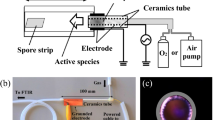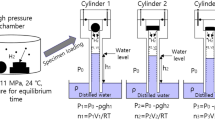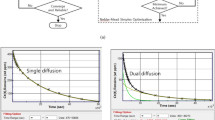Abstract
IN a letter recently published in NATURE of October 30, 118, p. 625, Prof. Baly and Dr. Riding gave an account of their more recent experiments on the appearance of the rare gases in electric discharge tubes. Under certain conditions they found both neon and helium in the residual gas, and they record one instance in which pure helium was obtained. These results confirm their earlier observations, as well as those of Collie, Patterson, and Masson (1915). The authors incline to interpret their results as due to a disintegration by the electric discharge of the nitrogen atom, the experiments having been performed in mixtures of oxygen and nitrogen, or with nitride electrodes.
This is a preview of subscription content, access via your institution
Access options
Subscribe to this journal
Receive 51 print issues and online access
$199.00 per year
only $3.90 per issue
Buy this article
- Purchase on Springer Link
- Instant access to full article PDF
Prices may be subject to local taxes which are calculated during checkout
Similar content being viewed by others
Author information
Authors and Affiliations
Rights and permissions
About this article
Cite this article
LAWSON, R. The Occurrence of Helium and Neon in Vacuum Tubes. Nature 118, 838–839 (1926). https://doi.org/10.1038/118838a0
Issue Date:
DOI: https://doi.org/10.1038/118838a0
Comments
By submitting a comment you agree to abide by our Terms and Community Guidelines. If you find something abusive or that does not comply with our terms or guidelines please flag it as inappropriate.



